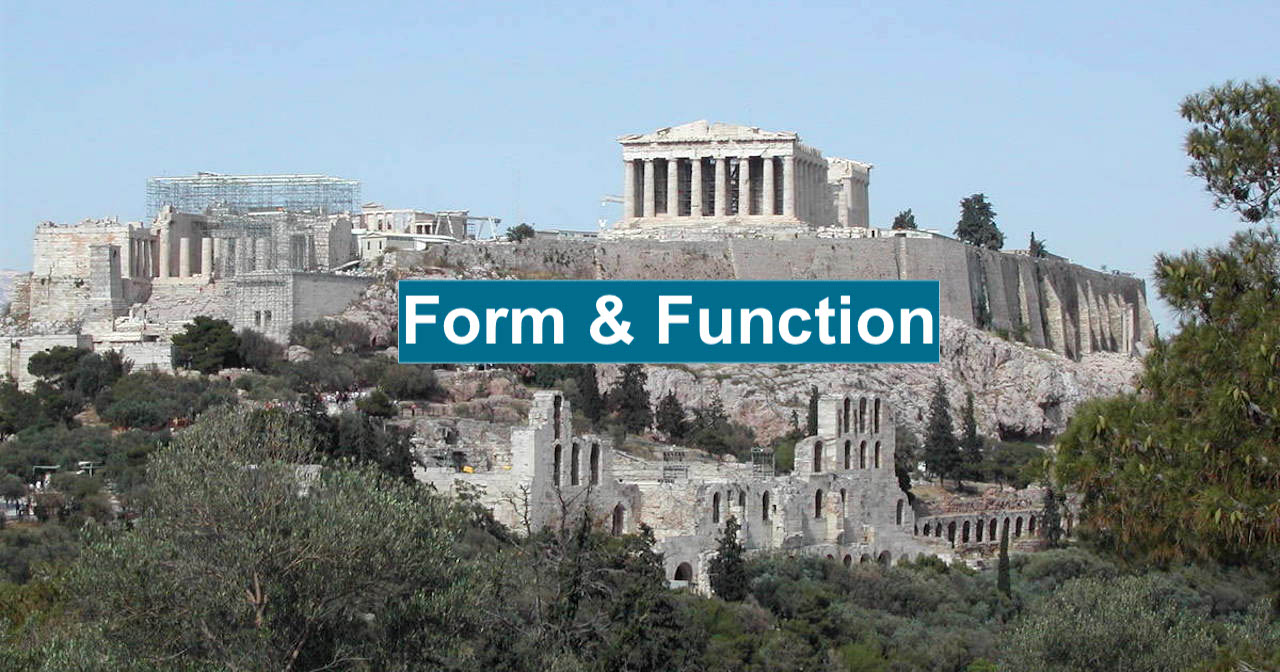
The form of monuments determines viewers’ engagement with the piece, as the structure elicits a predetermined emotional response crafted by the creator. Acting as the first interaction between viewers and the monument, the structure sets the stage for viewing by articulating a message via architectural shape and design. Among others, height, depth, material, scale, and landscaping allow artists to craft a narrative and evoke feelings of veneration and intimidation, sentimental reflection, or sheer awe. Analyzing the role form plays in three varying points of contact unveils the inner workings of monuments, explaining how the structures communicate their intended message for generations to come.
My first point of contact is an Assyrian Relief from the Bowdoin Museum of Art. Titled “Relief of Ashurnasirpal With Attendants Celebrating a Hunt,” this relief was one of many lining the walls of Ashurnasirpal’s Northwest Palace. Intended for viewing alongside other panels in the palace, the relief in the museum would have been one of many, filling the palace walls with etchings of opulence. Here, the scale of the monument intends for viewers to feel insignificant and intimated.
The second point of contact is the Bowdoin War Memorial across from the Gibson Music Hall. Set off the path; this war memorial acts as a quiet reflecting place to remember Bowdoin alumni who died in World War II, the Korean War, and Vietnam War. A humble monument, the creators intended to create a functional place of reflection.
The third point of contact is the Parthenon in Athens, Greece. Sitting atop the Acropolis, the Parthenon stands as a shining beacon of Athenian values: perfection and power. The Athenians intended to display their power and values to the rest of the world via this impressive monument.
While the emotional response to each monument varies, the tools to create the reactions remain constant. Most importantly, though, the mechanisms remain constant throughout time and across cultures, allowing monuments to effectively communicate their message to any audience without the need for a shared dialect.